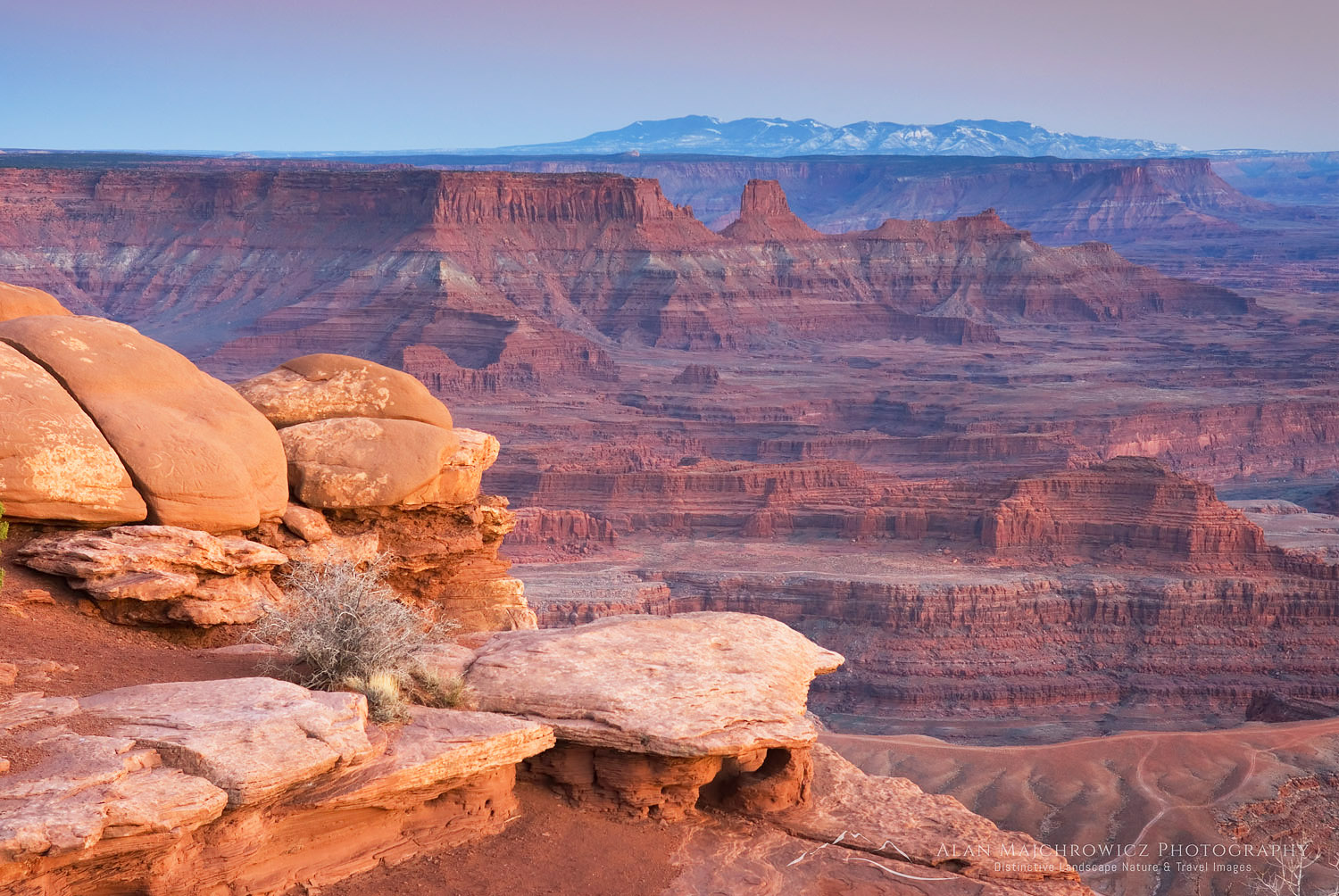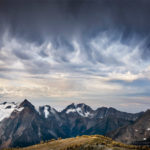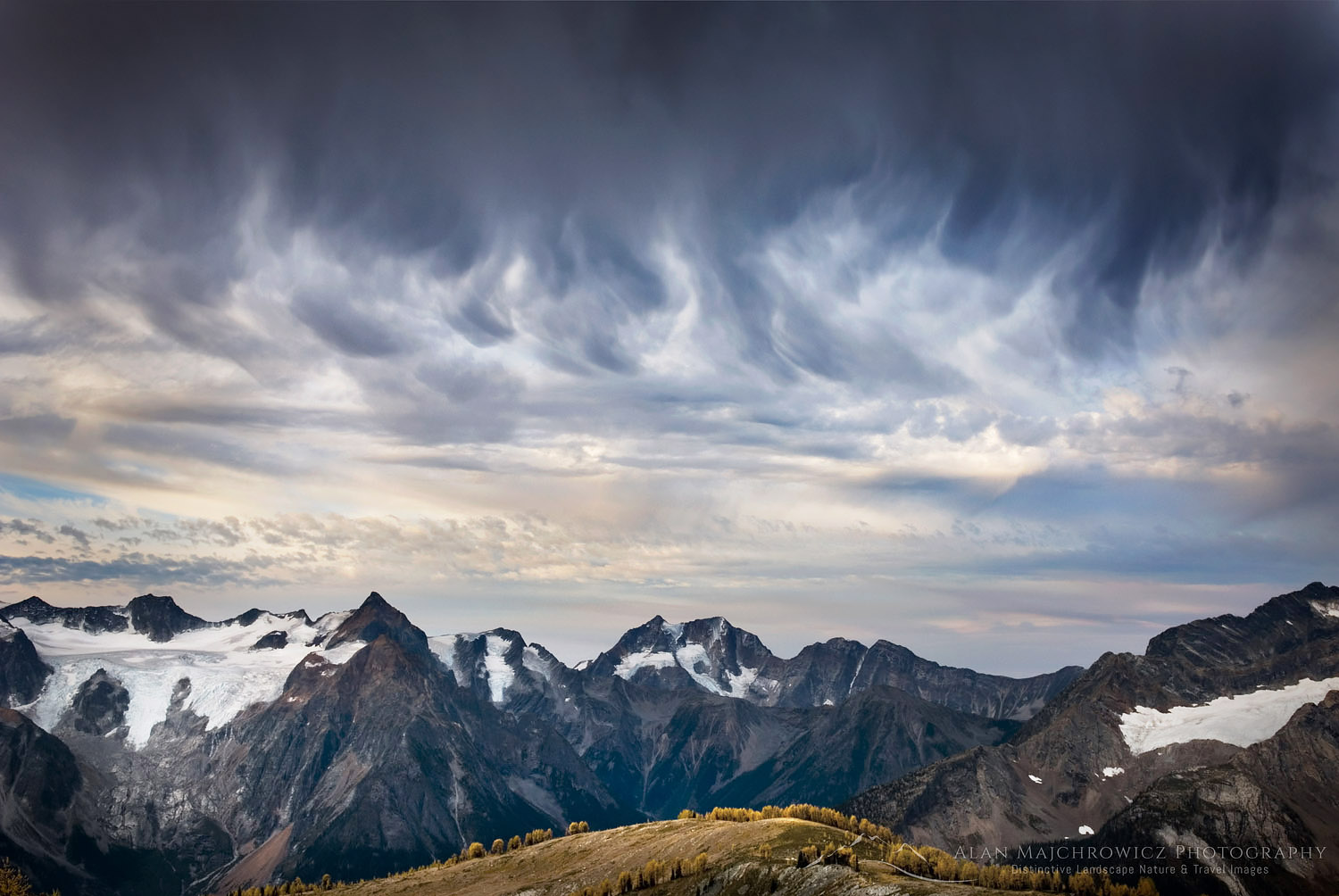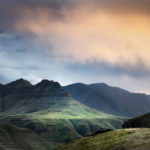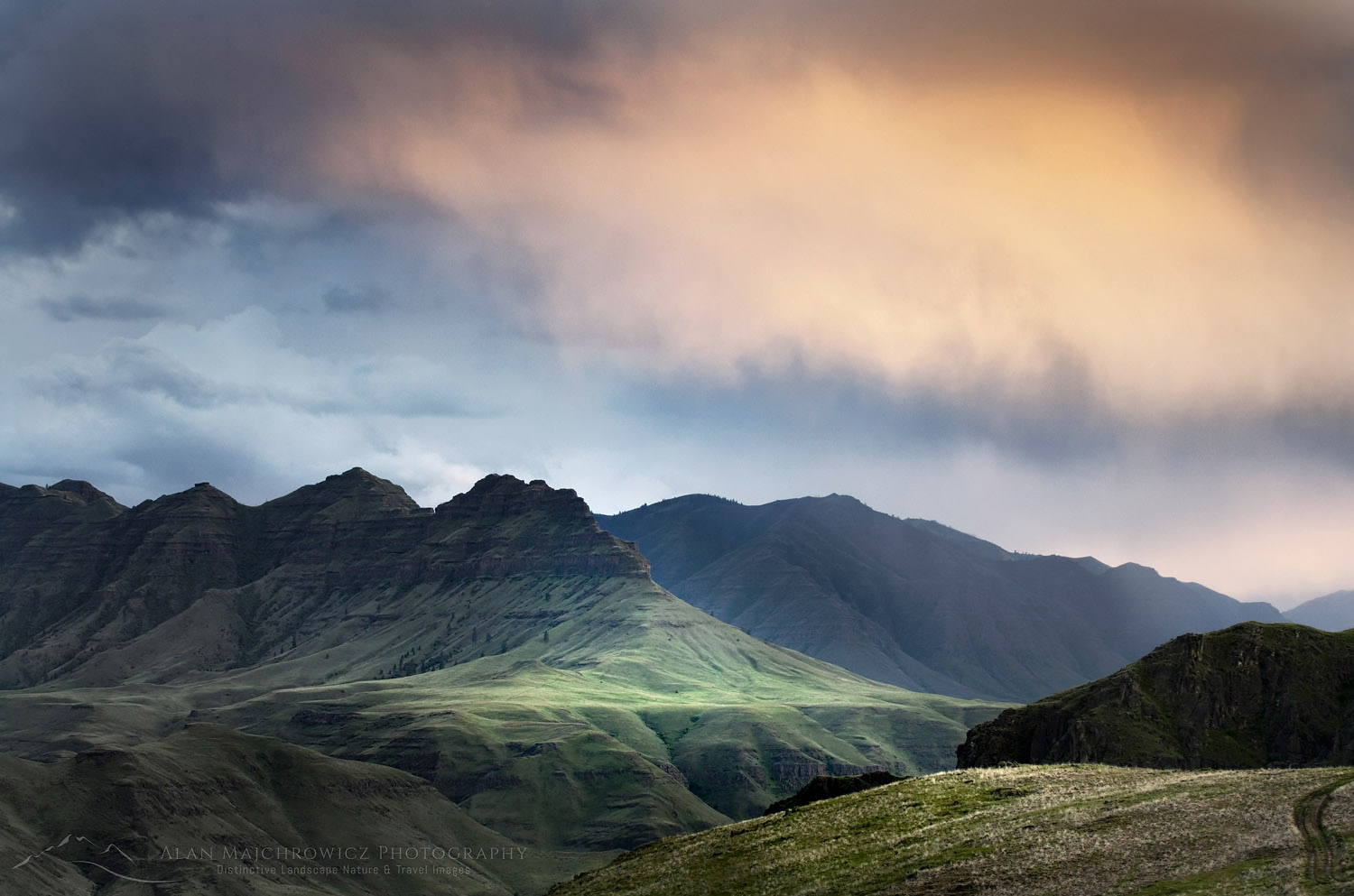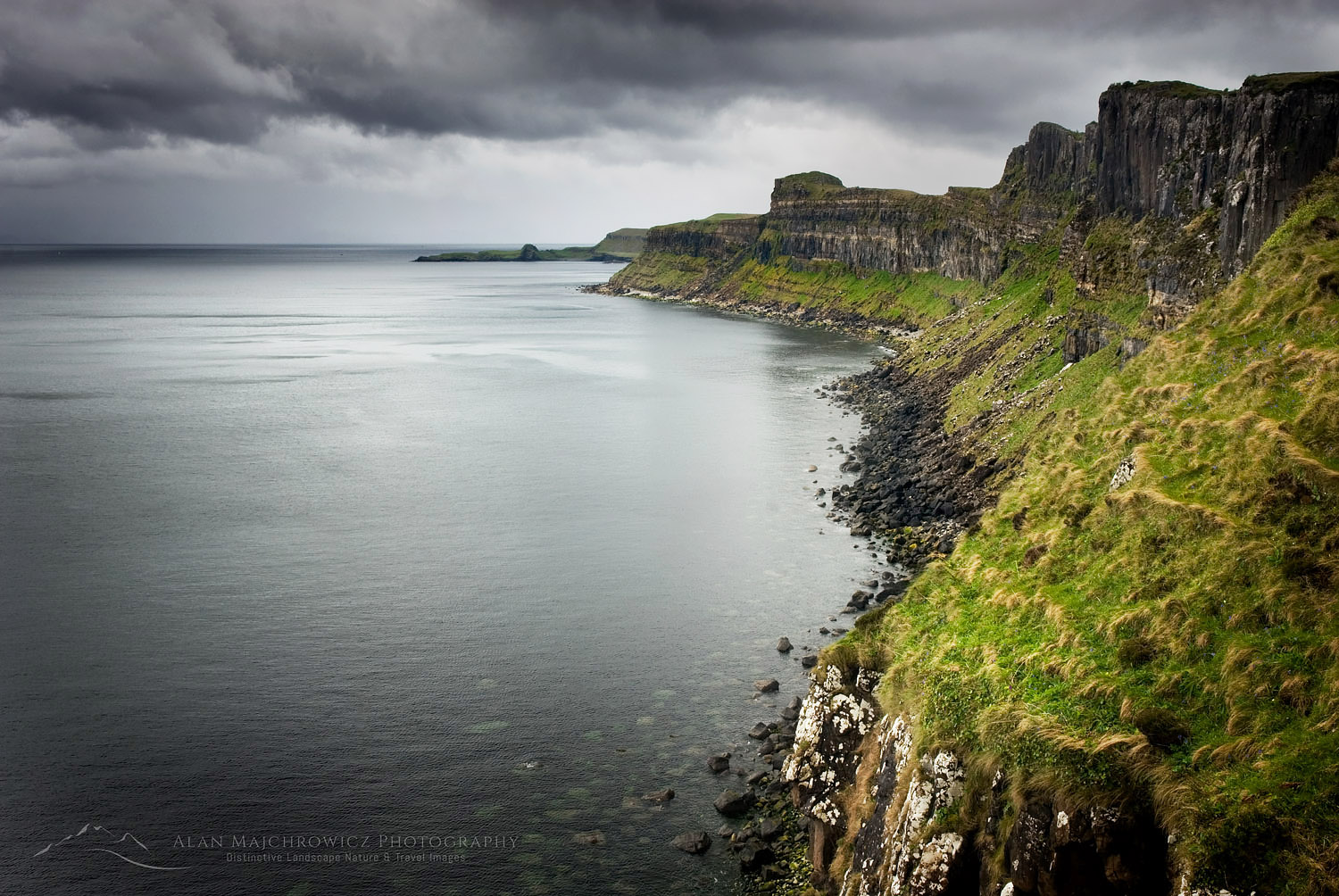How To Boost Your Creativity | Keep Moving
 Dead Horse Point, Utah #57708 Purchase
Dead Horse Point, Utah #57708 Purchase
Sometimes giving your photographic creativity a boost can be achieved by implementing simple, but often overlooked techniques. In this post, we’ll explore one of these extremely simple tips, looking around, or scouting.
Just about every time I’m out photographing at a popular or iconic location I see something that never fails to bewilder me. That is, photographers, appear to be locked into a predetermined spot. Time and again I will watch them arrive at a scene and move directly to one spot. They will then set up their tripod in the chosen position and will not move an inch until the sun has set, or risen, depending on the occasion.
One of the many instances where I recently observed this behavior was at Dead Horse Point State Park in Utah. This small park is famous for its magnificent views overlooking the Colorado River as it winds its way through canyons and cliffs. Basically, the viewpoint is a peninsula of rock with distinct views in three different directions. This park has endless possibilities for compositions all along the rim of the plateau.
Scout It Out!
During this visit I watched other photographers stake out their chosen spots and settle in for the duration. Over the next hour or two none of them raised or lowered their tripod, moved left or right, switch from horizontal to vertical, or even bothered to change the lens in an attempt for an alternative composition. Most of them, for the entire time, just stood there like a statue and stared ahead. Now of course this is all just my opinion, but if you are a photographer traveling many miles, using precious vacation time and funds, I would think you that would want to maximize your chances of success by scouting out the entire area. This is especially true when you are fortunate enough to get some truly dramatic lighting.
 Dead Horse Point, Utah #57759 Purchase
Dead Horse Point, Utah #57759 Purchase
My usual modus operandi is to try and arrive in advance of my intended photography session. That way I can scout around for the best compositions. Often at places like Dead Horse Point, there are several options available. I like to prioritize them, moving from one composition to another as the light changes. In addition, I also like switching between vertical and horizontal formats, shooting low to the ground, and of course, alternating different focal length lenses.
Hang In There!
Above all, I won’t leave until it is very obvious that the light is gone. Many times other photographers will pack up and go as soon as the sun is set. Bad idea, often the best light occurs an hour before sunrise and an hour after sunset. It is during these periods that you can photograph beautiful glowing tones and well-balanced light! Not to mention the wind is also much calmer then. But that is a topic for another post.
Of course, there are caveats that you will need to take into consideration. First of all, safety. If moving around for a better composition means edging off a cliff or standing on slippery rocks or in the surf, you’re better off passing it up. Secondly, you may be in a situation where the spot is so small or there are so many other photographers that you can’t move around! Mesa Arch in Canyonlands National Park or Bass Harbor Head Lighthouse in Acadia National Park comes to mind.
 Photographers at Bass Harbor Head Lighthouse on a quiet day #59012
Photographers at Bass Harbor Head Lighthouse on a quiet day #59012
Leave No Trace Ethics
Here’s another very important consideration to keep in mind when scouting compositions. Don’t trample delicate vegetation, soils, or rock formations just to get that trophy photo! In many locations, there are signs and sometimes fences or other barriers. Usually, they are set in place to protect fragile environments. Please, please, please, don’t be that jerk that everyone hates who ignores signs and causes irreparable damage! Always follow the rule of Leave No Trace. Visible in the photo below is the erosion damage that thoughtless photographers have inflicted while trying to get a better shot.
 Mount Shuksan, North Cascades #54384
Mount Shuksan, North Cascades #54384
So here are my tips for today:
- Arrive early for scouting. A day ahead of time is ideal for complex locations.
- Explore the entire area. There may be an entirely different view or better compositions just beyond the site of the initial main attraction.
- Be mindful of safety hazards and fragile environments.
- Have your shooting plan ready and arrive with plenty of time to evaluate the light.
- Prioritize your compositions and be flexible, be ready to abandon a spot if another is looking more attractive.
- One spot may look better in certain light. A lower sun angle may reveal composition-enhancing patterns. Or a ray of light may fall on a special rock or tree.
- Get higher up or low down, don’t be afraid to get in a prone position.
- Change up formats, vertical may work better the horizontal.
- Keep working until the light is exhausted.
If you work all of these tips into your regular location workflow, I can guarantee that you will not only come back with much better images but with a greater diversity of them to boot!
Would you like to learn more about how to make better photographs? Contact me to set up a private instruction session for you and your friends!
 Dead Horse Point, Utah #40240 Purchase
Dead Horse Point, Utah #40240 Purchase
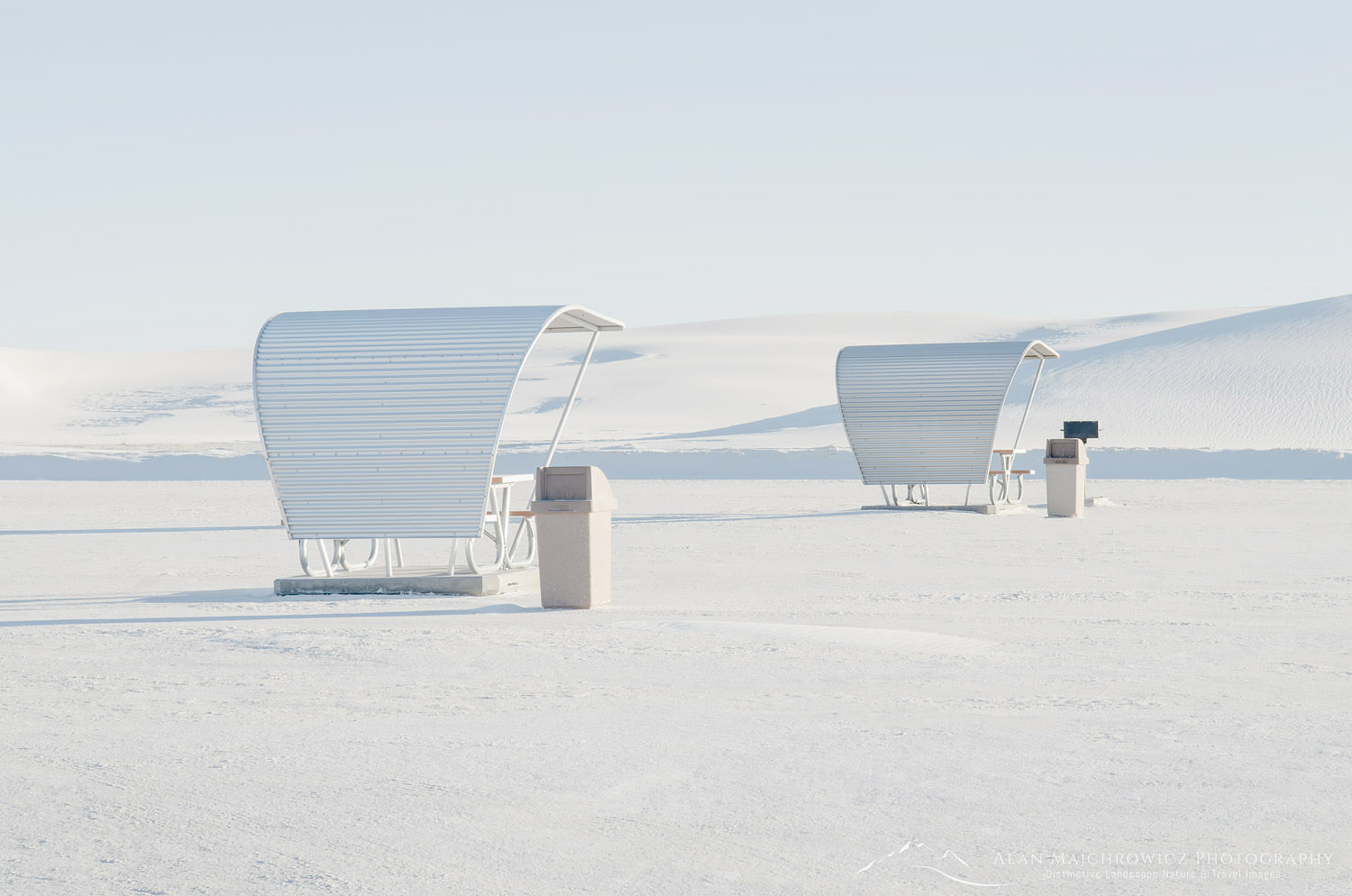 Picnic Shelters, White Sands New Mexico #57053r Purchase
Picnic Shelters, White Sands New Mexico #57053r Purchase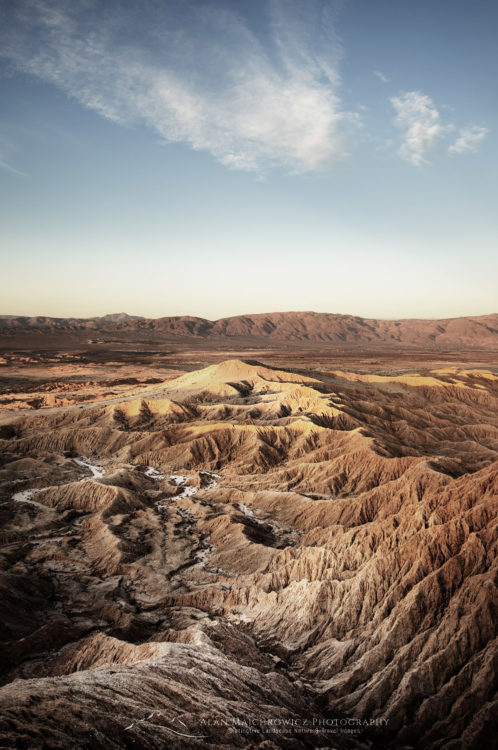 Borrego Badlands California #56776r Purchase–
Borrego Badlands California #56776r Purchase–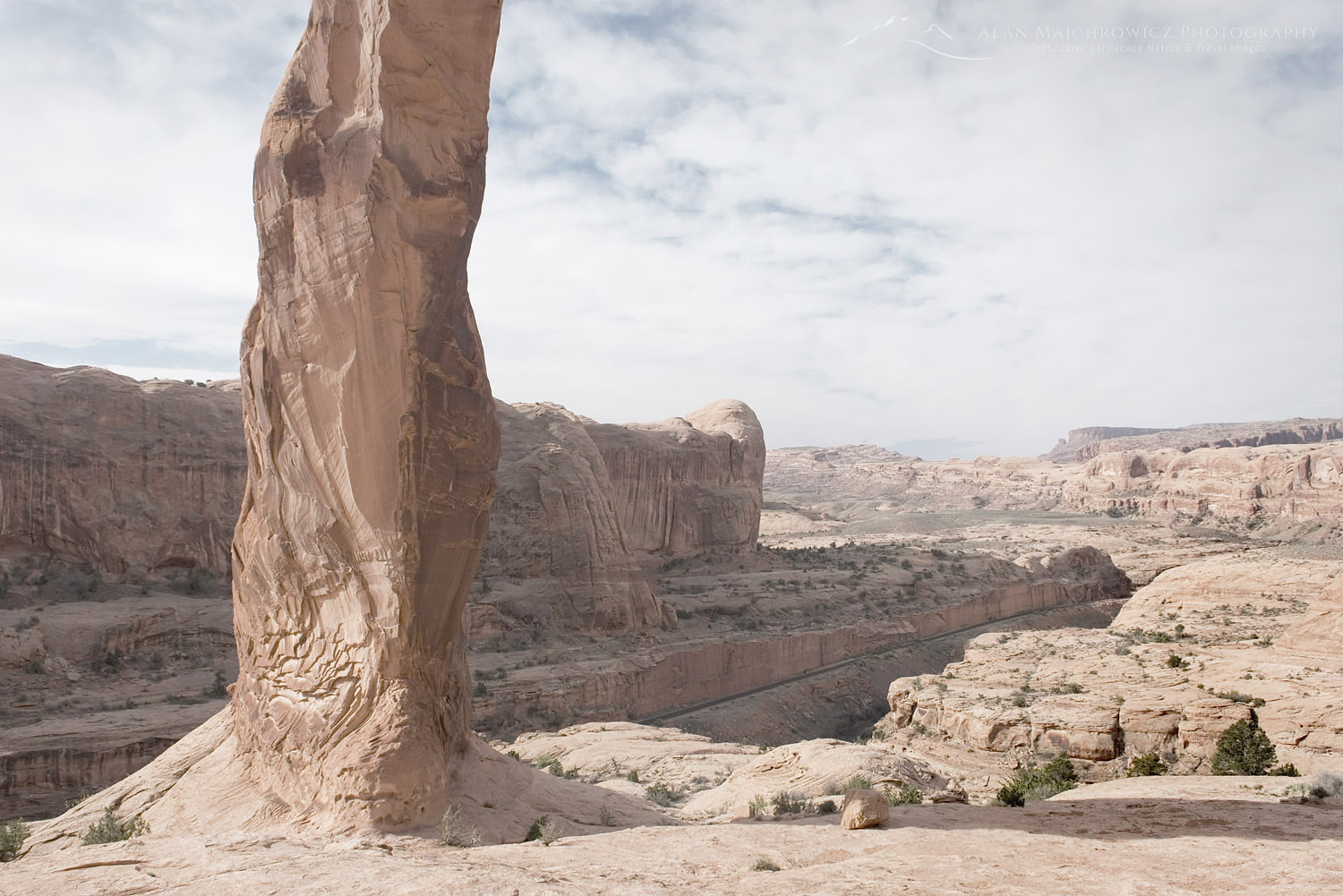 Corona Arch, Utah #40907r Purchase–
Corona Arch, Utah #40907r Purchase– Bisti Badlands, New Mexico #57344r Purchase
Bisti Badlands, New Mexico #57344r Purchase


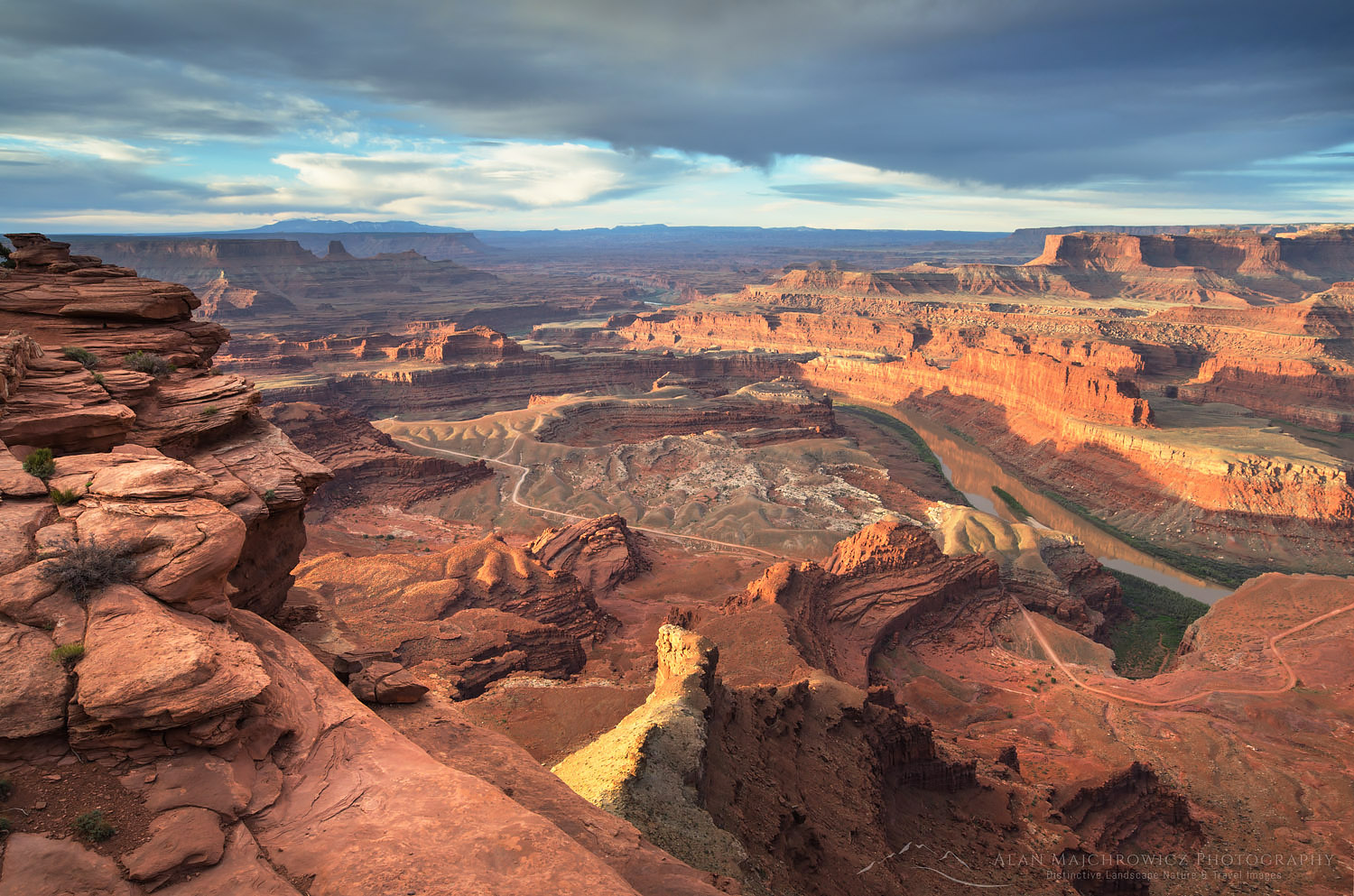
 Photographers at Bass Harbor Head Lighthouse on a quiet day #59012
Photographers at Bass Harbor Head Lighthouse on a quiet day #59012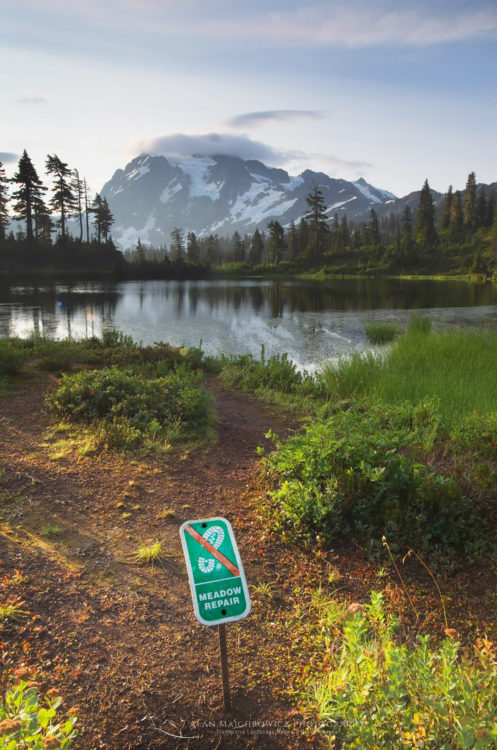 Mount Shuksan, North Cascades #54384
Mount Shuksan, North Cascades #54384